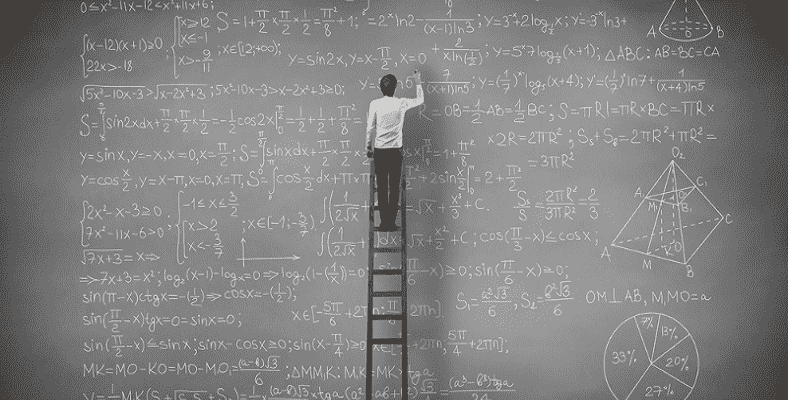Calculation of the greatest common divisor (LMC) and the least common multiple (LWC) are important and fundamental subjects of mathematics. It is quite simple to use these methods, which we often encounter both in university entrance exams, in mathematics courses, and in some business lines.
Calculating the greatest common divisor and least common multiple of two numbers in the 300’s Euclid shared it in his work ‘The Elements’. This method is called ‘Euclidean Algorithm’ but it is derived from Easier Calculation methods are also available.
Generally, we can calculate the EBOB or LCM if we want by separating the numbers into their prime factors and then choosing the appropriate factors according to the situation. a real world even though it seems like they won’t workIt can be used in many different sectors such as textiles. Come now What is EBOB and ECOC, how to calculate Let’s see together.
What is EBOB?
The greatest common divisor Expresses the greatest common divisor of two or more numbers. There are two popular methods that can be used to calculate. One is the Euclidean algorithm that Euclidean expresses in Elements, and the second is a somewhat easier and more frequently used method.
Let’s denote the EBOB of any two numbers as ‘EBOB()’. The Euclidean algorithm is an algorithm that works on any two numbers. With the numbers a and b in hand, we can talk about three situations.
- Case 1: the numbers a and b are equal (a=b)
- Case 2: a is greater than b (a>b)
- Case 3: b is greater than a (b>a)
In case of equality, since two numbers are equal, their greatest common divisor is themselves. That is, EBOB(a,b)=a=b.
Other in any case We divide the larger number by the smaller number, and continue dividing by the smaller number until the remainder is zero. Now when a is greater than b, if the remainder of the division of a by b and c and c are nonzero, this time we divide b by c and look at the remainder. If it is not zero, we continue the process by dividing this number by c. The small divisor we find when the remainder is 0 is the number of the initial two numbers. He has EBOB.
How is EBOB calculated?
- Method #1: Calculation with Euclidean algorithm
- Method #2: Calculation by factoring
Method #1: Calculation with the Euclidean algorithm:
- Step 1#: start by dividing
- Step 2#: Divide until it reaches 0
Let’s go through an example. Let our numbers be 28 and 16.
Step 1#: Start by dividing
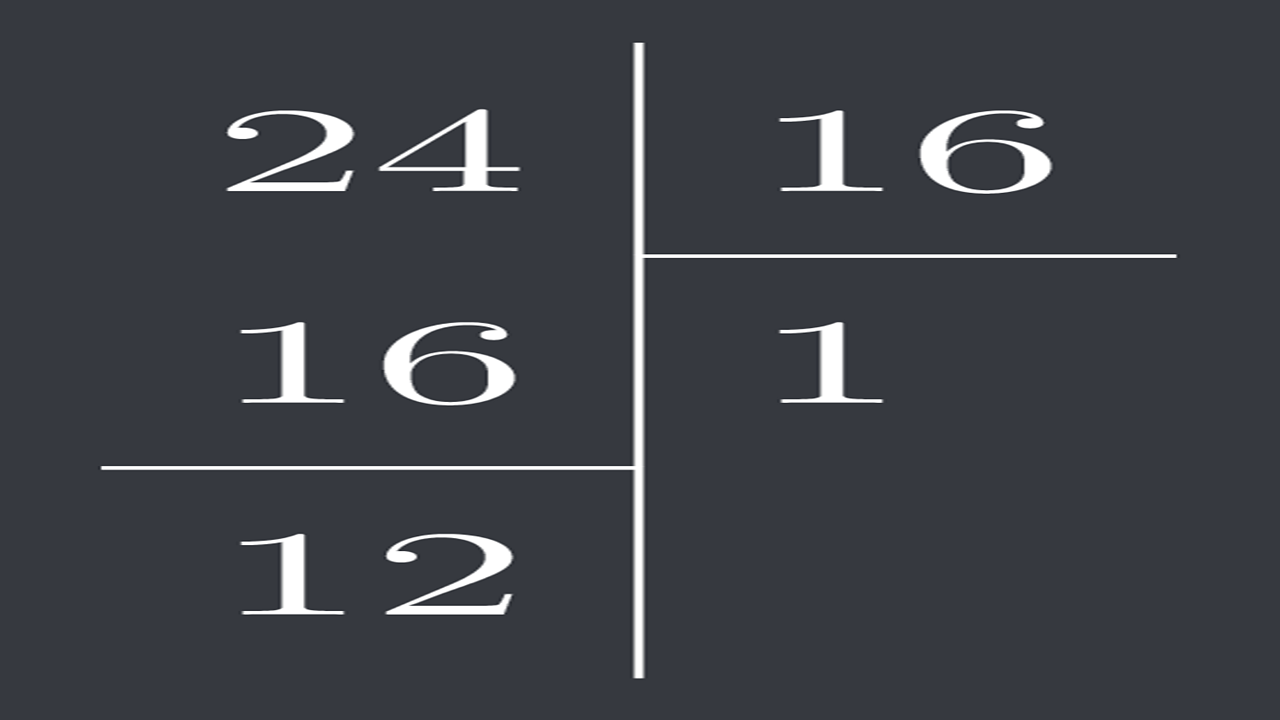
When we divide 28 by 16, the remainder is 12, we continue because it is non-zero.
Step 2#: Continue dividing until it reaches 0
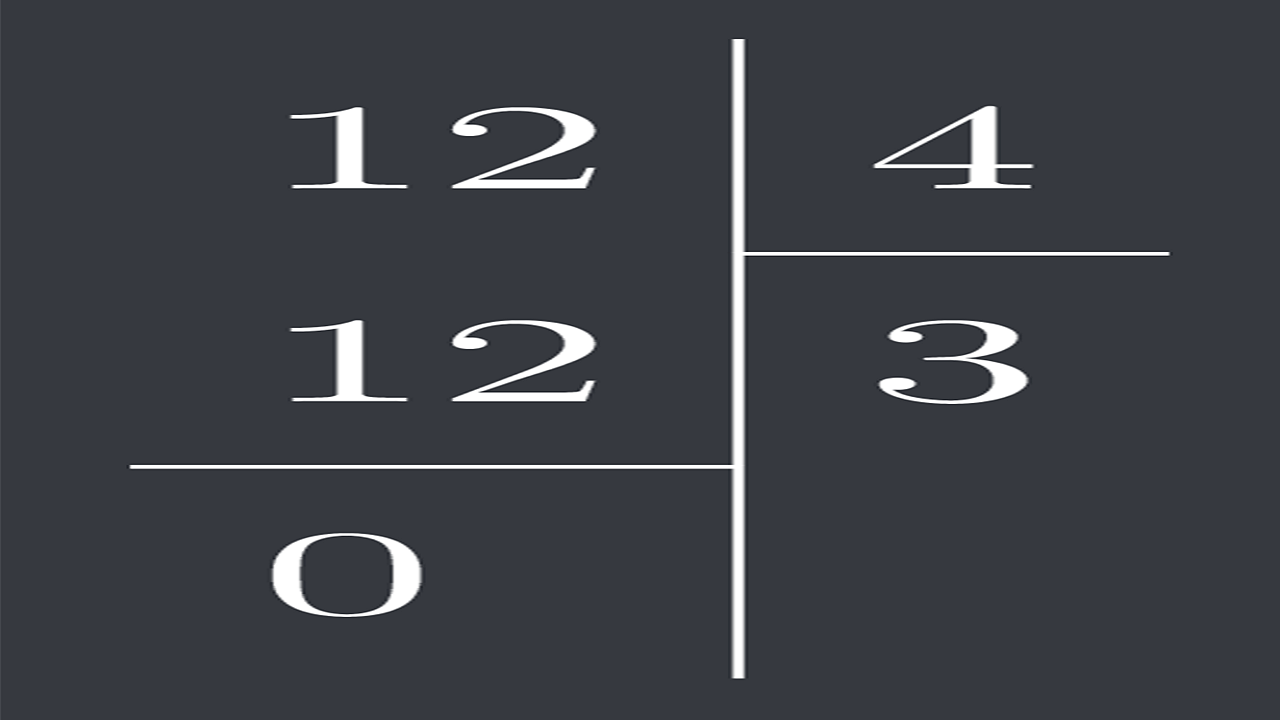
When we divide 16 by 12, the remaining number is 4, and we continue because it is still greater than zero. In the last stage, the numbers we have are 12 and 4. In the part of them, we have 0 left. In this case, the number 4 becomes the EBOB of 28 and 16. So EBOB (28, 16)=4
Method #2: Factoring:
- Step 1#: prime factorization
- Step 2#: Choosing common prime factors
Step 1#: Prime factorization
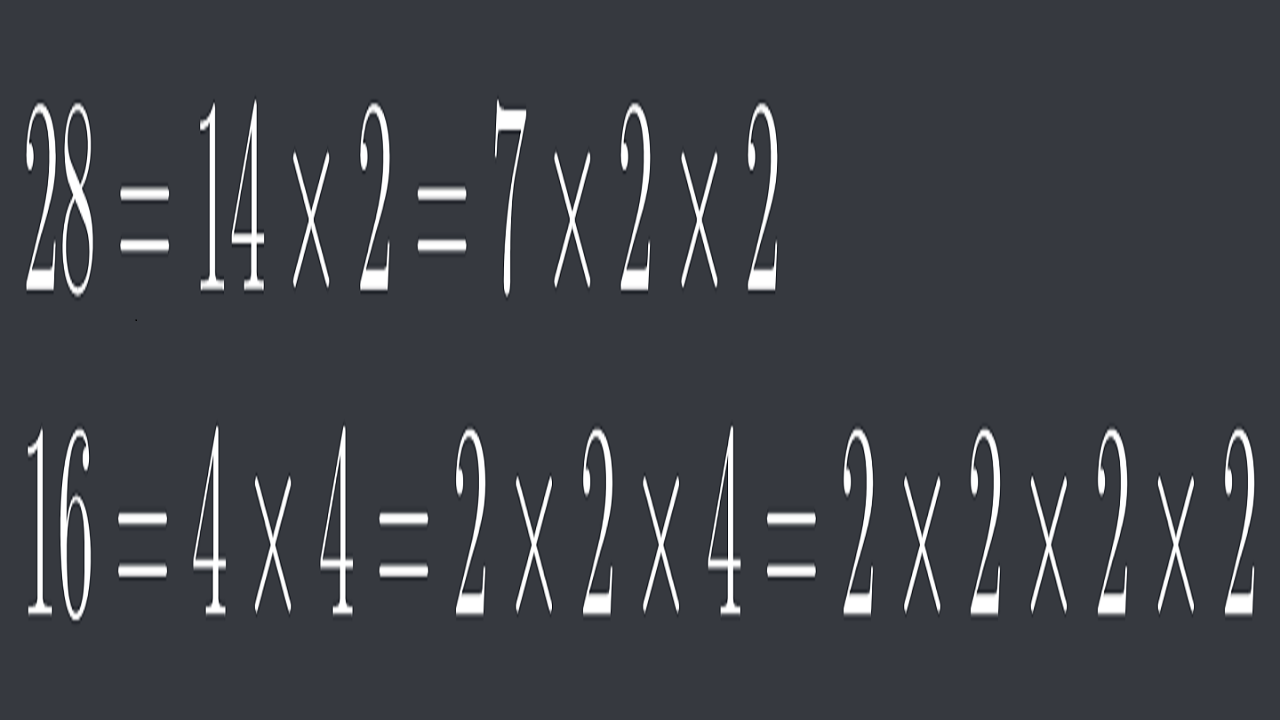
Let’s first factor the numbers 28 and 16 into prime factors.
Step 2#: Selecting the common prime factors and multiplying the common numbers found
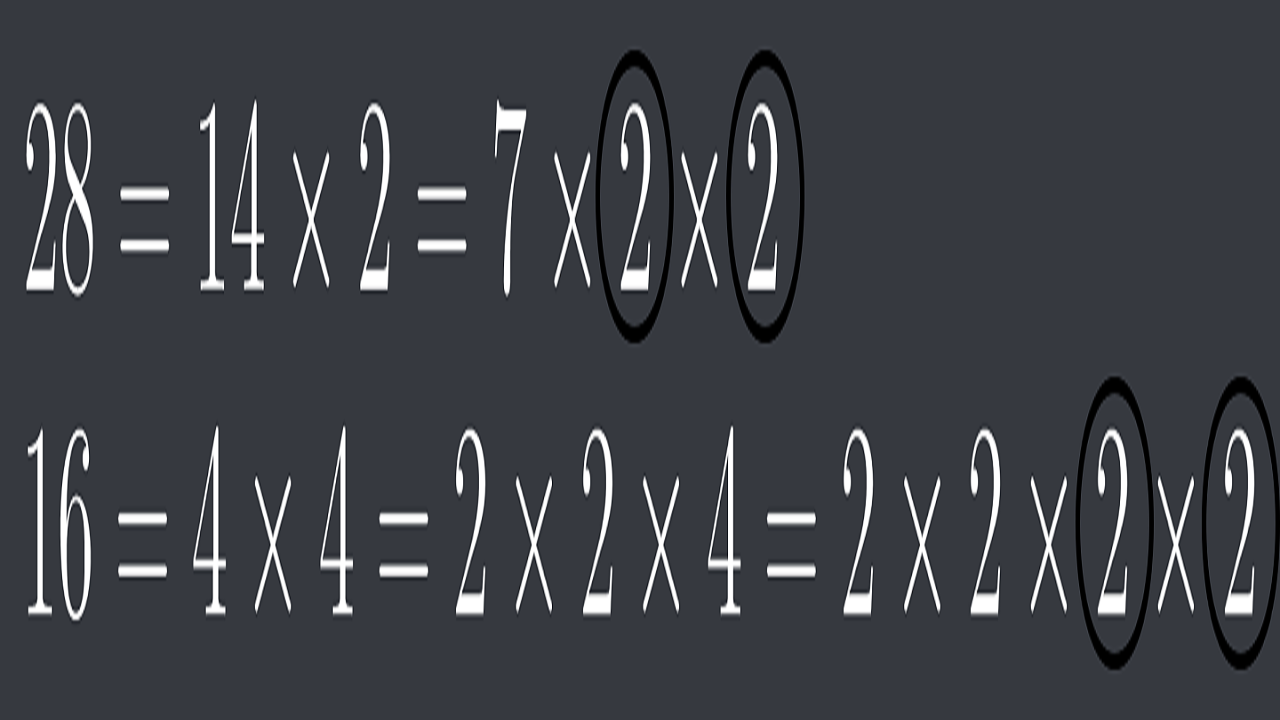
Now let’s pick the common prime factors, we see that 2 2’s are common in both numbers. By multiplying these numbers, we get their greatest common divisor. Of course the answer would still be 4.
So what is EKOK?

Least common multiple of two or more given numbers allows us to find the least common multiple. While we can use prime factors in the calculation, we can also calculate LCM using the greatest common divisor of two numbers.
In the first method, we start by listing the prime factors. Then we write the common factors once and multiply by including the non-common factors and we get the result. In the second method, we multiply the two numbers we have and put them in the absolute value. Then, by dividing the result by the EBOB of these two numbers, we arrive at the LCM. Now let’s look at them in detail.
How is EKOK calculated?
- Method #1: Calculating LCM using prime factors
- Method #2: Calculating LCM by expressing prime factors with exponents
Method #1: Calculating LCM using prime factors:
- Step 1#: Prime factorization of 28 and 16
- Step 2#: Getting one of the same multipliers and getting the result
Step 1#: Prime factorization of 28 and 16
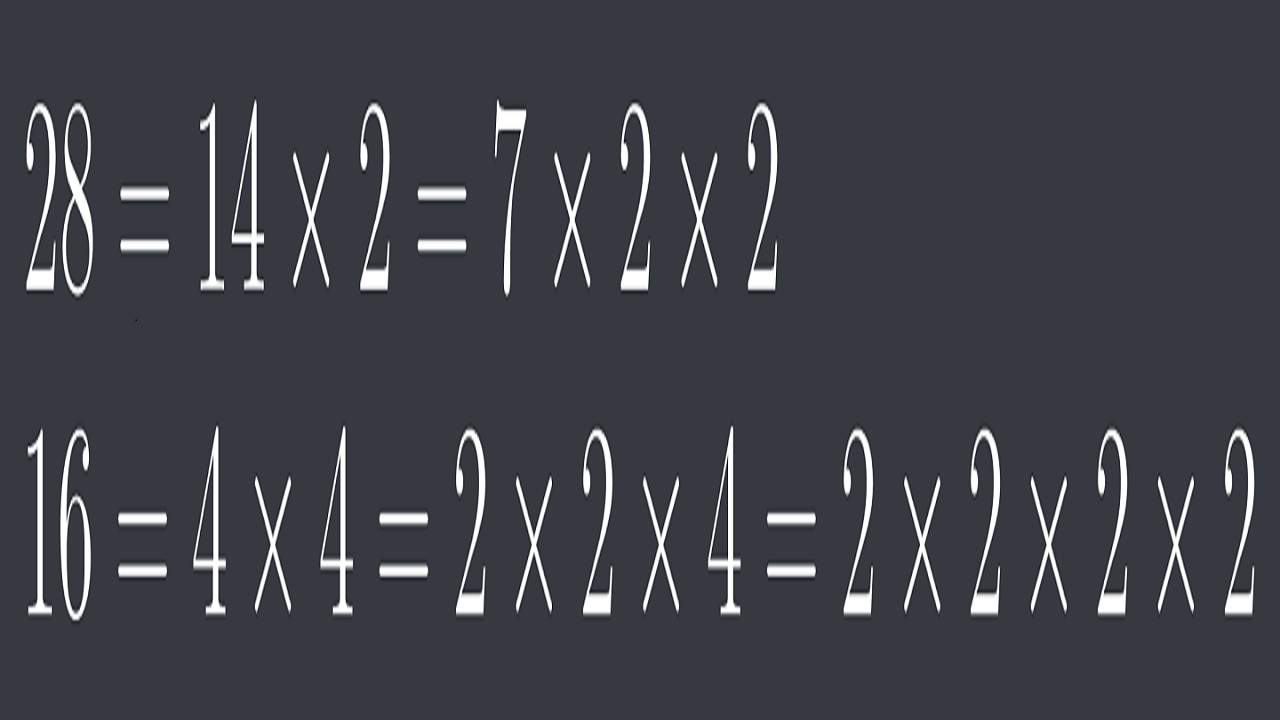
We factor 28 and 16 into prime factors in the same way as in the EBOB expression.
Step 2#: Get one of the same multipliers and get the result
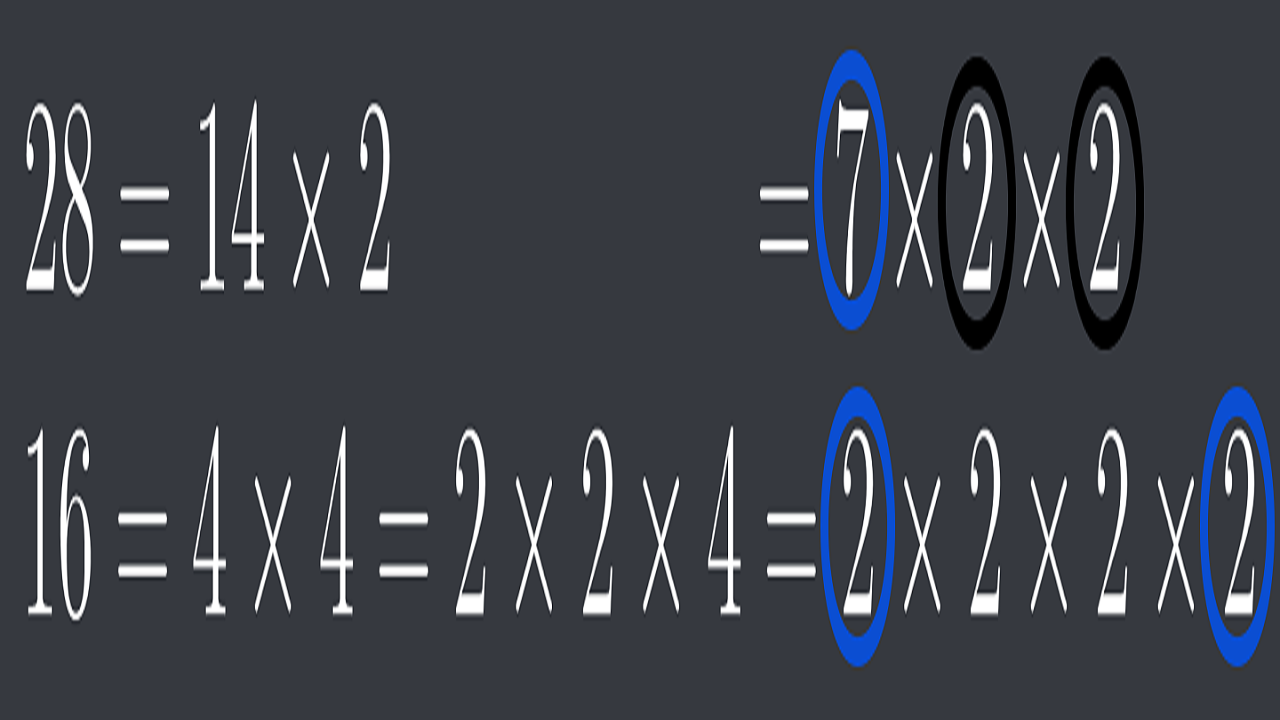
Now we will take one of the factors that are the same, the black marked twos will be taken once since they are the factors of both numbers. Other multipliers will also be added directly. In this case EKOK (28, 16)=7x2x2x2x2=112 is calculated as.
The point we need to pay attention to in this method is the common prime factor. we’re just adding one each to the multiplication. Since the 2’s in the black circle are also in the factors of both numbers, we add one of them to the process. Thus, we can get the result by multiplying 4 2 and one 7.
Method #2: Calculating LCM by expressing prime factors with exponents:
- Step 1#: Identifying prime factors
- Step 2#: Arranging the specified numbers into exponential numbers
- Step 3#: Multiply by those with the highest strength
This method is an easier version of the previous method. This time, after factoring the numbers into prime factors, we arrange them so that they become exponential numbers. Continuing from the example above:
Step 1#: Identifying prime factors
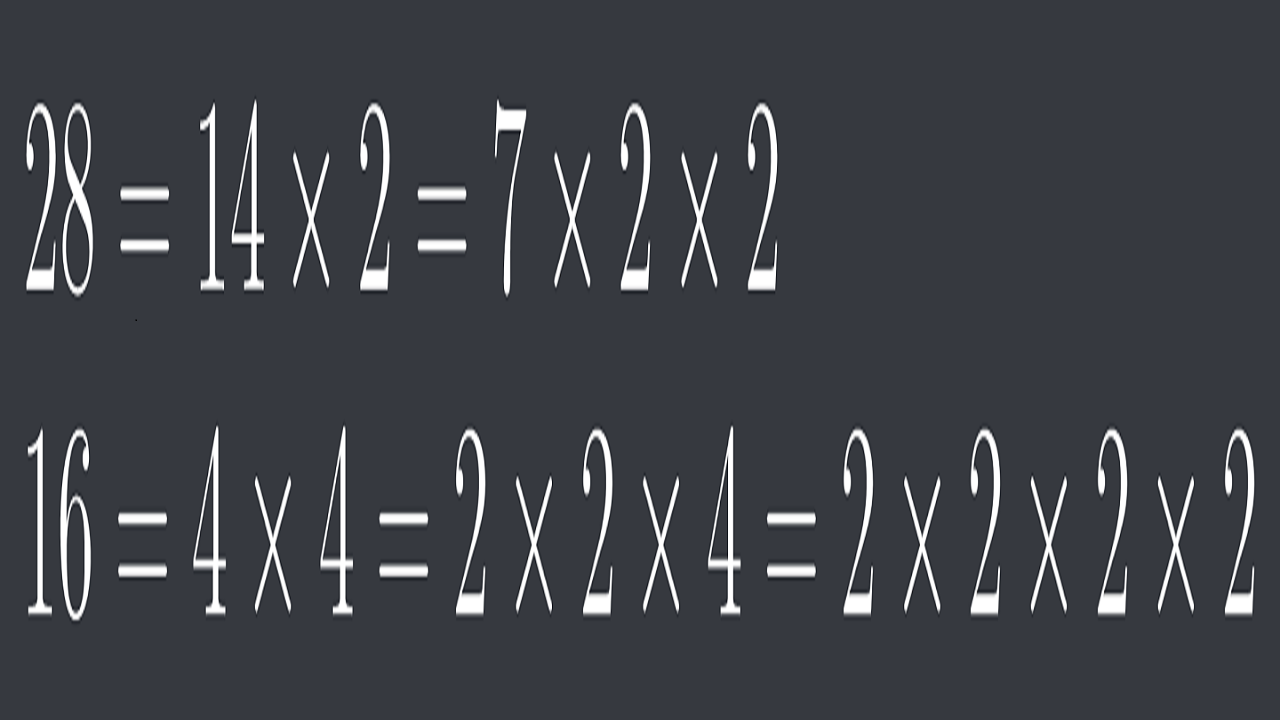
We prime 28 and 16 in the same way as in the examples above.
Step 2#: Arranging the specified numbers into exponents
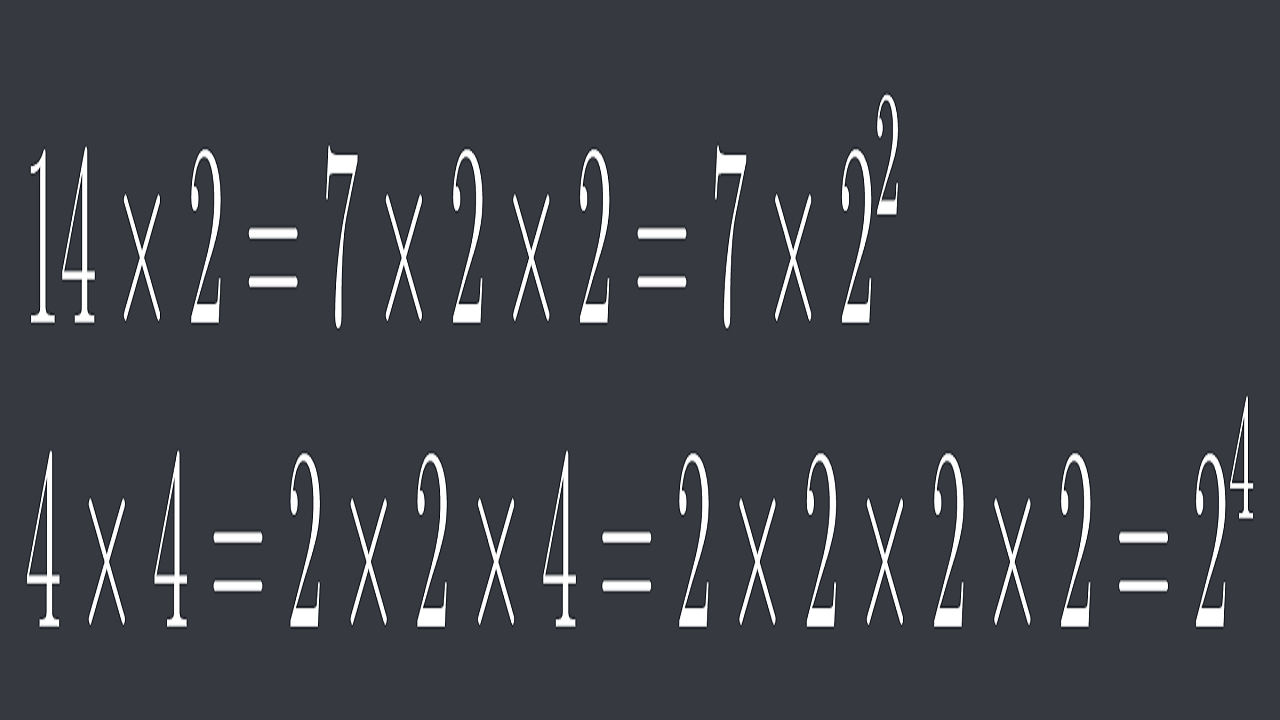
After factoring it into prime factors, we turn the numbers we have determined into exponential numbers.
Step 3#: Multiply by the ones with the highest strength
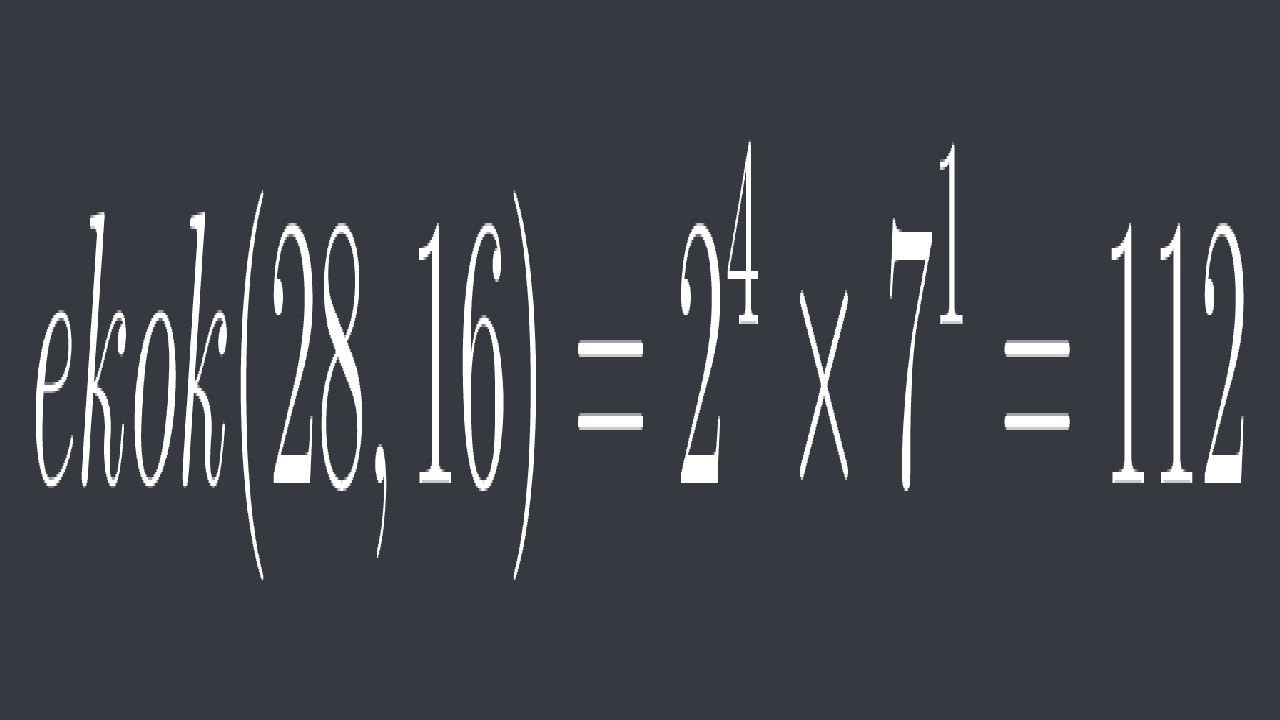
We’re going to take the ones with the highest strength among the multipliers here and multiply them. So since 7 to the power is 1, we’re going to add 7 to the 1st power, and 2 to the highest power is 4, so we’re going to add 2 to the 4th product. When we do the operation, the answer is 112:
EBOB and LCC calculation tools:

We have mentioned above how to calculate EBOB and LMIC. Although there are ways to do it with our own hands, these calculations There are also applications that do it for us.. These applications are generally free to use and you can easily access most of them over the internet. In addition to websites, you can easily access applications that will calculate EBOB and LCC from your mobile devices.
EBOB and LCR calculation tools for Android:
- Ebob and Echo calculator
EBOB and LCC calculation tools for iOS:
The apps you can find in the iOS store are unfortunately not as diverse as those on Android, and the app itself is paid. But we still wanted to give it as an example.
